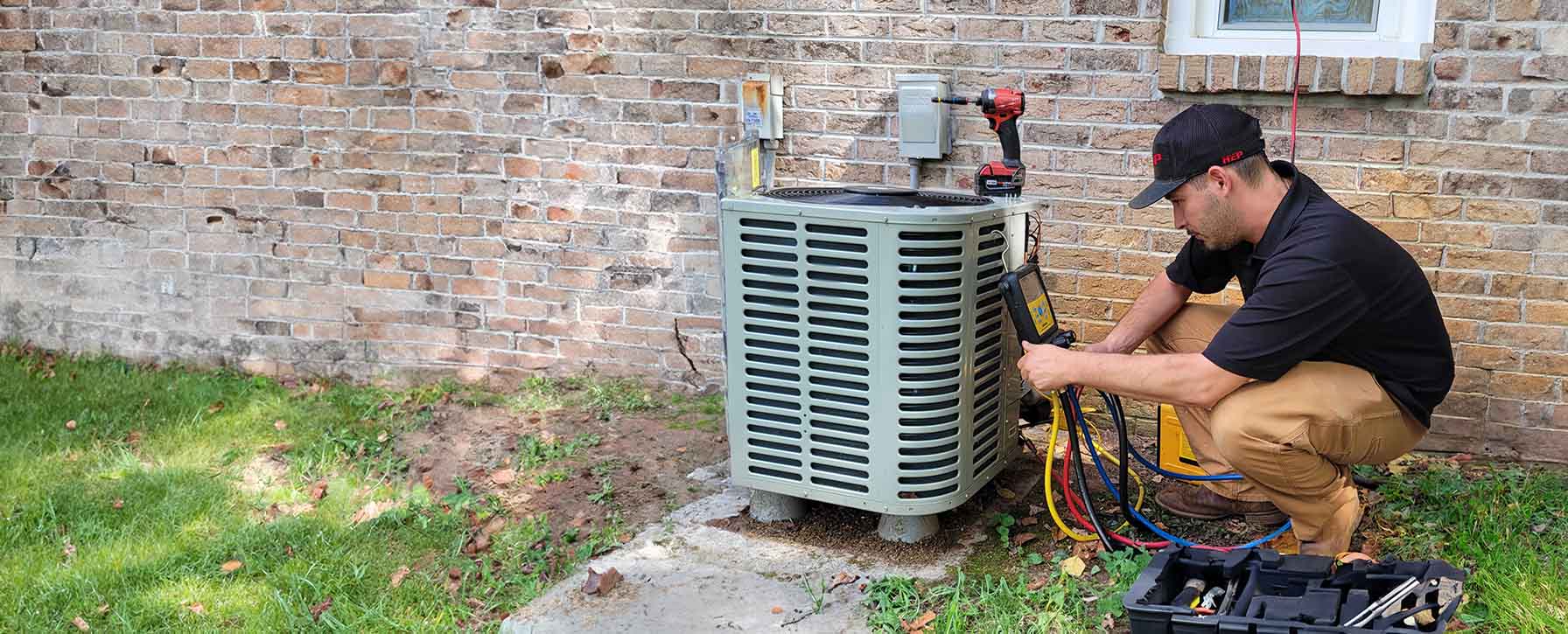

Indoor Air Quality
Your trusted partner for professional home services. Quality workmanship, guaranteed satisfaction.




- HEP
- Indoor Air Quality
Indoor Air Quality | Ventilation and Air Quality | Heating and Air Conditioning | Altamont
Imagine breathing deeply in your Altamont home and knowing every lungful is crisp, clean, and perfectly tempered. That’s the peace of mind HEP delivers. Our certified technicians look beyond basic temperature control to fine-tune every aspect of your indoor environment, from balancing humidity to removing hidden contaminants. Using advanced filtration, UV purification, and precision ductwork design, we create custom solutions that raise the bar for ventilation and air quality—helping you sleep better, feel healthier, and even protect your HVAC investment from premature wear.
Whether you’re renovating, battling allergies, or simply want to safeguard your family’s comfort year-round, HEP is ready 24/7 with transparent pricing and a neighborly smile. Schedule a free assessment today and discover how effortless superior comfort can be when Altamont’s most trusted team is on your side.
FAQs
Why is indoor air quality (IAQ) a major concern for Altamont homeowners?
Altamont’s four-season climate means that homes are tightly sealed for much of the year to keep conditioned air in and outdoor temperatures out. While this improves energy efficiency, it also traps pollutants such as dust, pet dander, pollen, mold spores, and combustion byproducts indoors. Because the typical Altamont resident spends 85–90 % of their time inside, these contaminants can contribute to allergies, asthma, headaches, and fatigue. Addressing IAQ protects your family’s health while also helping your HVAC system run more efficiently.
What are the most common indoor air pollutants in the Altamont area, and how can my HVAC system help remove them?
Typical irritants include fine dust from nearby agricultural activity, spring and fall pollen, wildfire smoke particulates carried on summer winds, volatile organic compounds (VOCs) from household cleaners or new furnishings, and biological growth such as mold. A well-maintained HVAC system can capture or neutralize many of these contaminants through high-efficiency (MERV 11–16) filters, sealed ductwork, UV-C germicidal lamps, and whole-home air purifiers with activated carbon to adsorb odors and VOCs.
How often should I change or upgrade my HVAC air filter?
For most Altamont homes, a standard 1-inch pleated filter should be replaced every 60–90 days. However, if you have pets, allergies, or recent construction dust, inspect the filter monthly. Upgrading to a deeper 4-inch media filter or an electronic air cleaner can extend replacement intervals to 6–12 months while capturing smaller particles. Always follow the manufacturer’s airflow guidelines so your system isn’t strained.
What advantages does a whole-home air purifier or UV light offer over portable room units?
Whole-home solutions are installed in the supply or return plenum of your existing HVAC ductwork, so every cubic foot of air that circulates through the system is treated—something portable units can’t achieve. A media-based purifier removes particulates down to 0.3 microns, while an added UV-C lamp neutralizes mold, bacteria, and viruses on contact. The result is cleaner air throughout the entire house with virtually silent operation, no floor space sacrificed, and only annual maintenance required.
How does routine HVAC maintenance improve both ventilation and indoor air quality?
During a biannual tune-up, technicians clean blower components, coils, and condensate pans where biological growth can accumulate; calibrate airflow to ensure proper fresh-air exchange; and seal or repair any leaking duct sections that can draw in attic or crawl-space contaminants. They also verify that combustion appliances are venting correctly to avoid carbon monoxide infiltration. A well-maintained system not only circulates cleaner air but also reduces energy consumption by up to 15 %.
Is humidity control important in Altamont, and what solutions are available?
Yes. Summer relative humidity can reach 70 % or higher, creating a breeding ground for mold and dust mites, while winter levels often drop below 30 %, causing dry skin, static shocks, and cracked woodwork. A whole-home dehumidifier integrated with your air handler can remove up to 90 pints of moisture per day in summer, keeping indoor RH between 40–50 %. In winter, a central humidifier adds moisture to the supply air, protecting health and furnishings while making the home feel warmer at lower thermostat settings.